© Use of content without authorization is prohibited
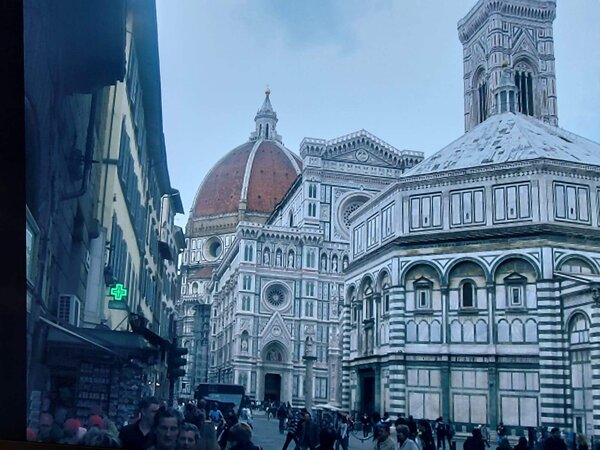
Tuscany
Arezzo Florence Grosseto Leghorn Lucca Massa and Carrara Pisa Pistoia Prato Siena
I lived six years of my life in this region; this land and some of the people who inhabit it hold a special place in my heart. A territory made up of spectacular Apennine mountains like Monte Amiata and Monte Falterona, renowned holiday resorts like Abetone, and wild mountain ranges like the Apuan Alps. Here the Arno and Tiber rivers are born and flow for hundreds of kilometers. Green hills declared a UNESCO World Heritage Site. The Tyrrhenian coast has crowded or exclusive sandy beaches, and some of the most beautiful islands in Italy. But what makes Tuscany famous all over the world are its numerous art cities and medieval villages: Florence, Pisa, Siena, Lucca, San Gimignano, Pienza, Volterra, just to name a few. I love Tuscan cuisine: Ribollita, Pici all’Aglione among the first courses, Caciucco among the main courses, and for dessert Cantucci or Castagnaccio. Red wines like Chianti or, for those who can afford it, Brunello di Montalcino.

Province of Arezzo
Area: 3,232.90 km² Population: 333,344 Municipalities: 36
Arezzo: Palazzo dei Priori, seat of the Town Hall
Arezzo: Palazzo dei Priori, seat of the Municipality
Travel photos...
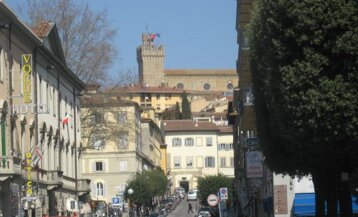
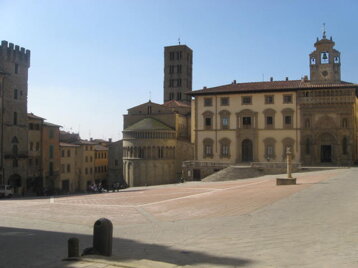

Arezzo
Arezzo
Arezzo
The very central Guido Monaco street; in the background, the Clock Tower
Piazza Grande, also known as Piazza Vasari after the architect who designed it in 1560
Cathedral of Saints Peter and Donatus, known as the Duomo

Metropolitan City of Florence
Area: 3513.61 km² Population: 988,785 Municipalities: 41
Florence: Arno River
Florence: Arno River
Travel photos...
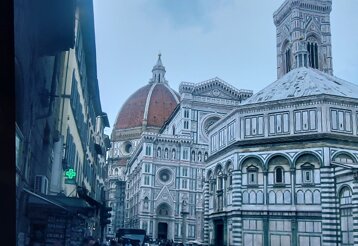

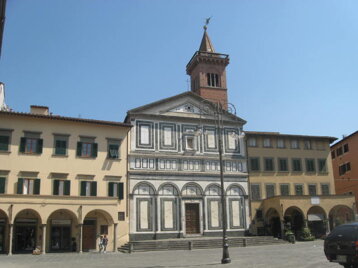
Florence
Empoli
Empoli
Piazza del Duomo
Sanctuary of the Madonna del Pozzo
The historic Piazza Farinata degli Uberti with the Collegiate Church of Sant'Andrea at its center

Province of Grosseto
Area: 4502.28 km² Population: 216,290 Municipalities: 28
Pitigliano: Citadel Gate
Pitigliano: Citadel Gate
travel stories...
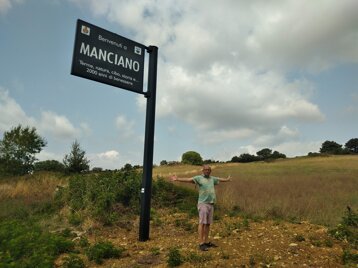
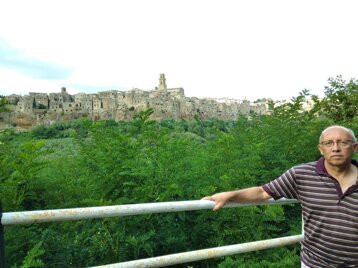
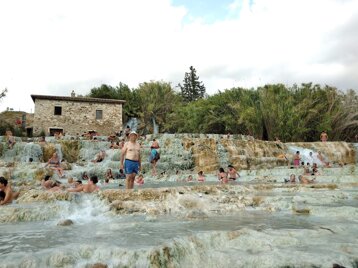
Manciano
Pitigliano
Saturnia Thermal Baths
Coming from Lazio, I enter Tuscany in the province of Grosseto. The landscape is a fascinating alternation of olive groves, woods, and fields with grass scorched by the August sun. I am in the municipality of Manciano, which covers a vast area where a well-preserved natural environment blends with the work of man who, from the Etruscans to today, has inhabited these hills. Entering on foot through Porta Fiorella, I wander aimlessly through the narrow streets of the historic center until I reach the parish church of San Leonardo, the patron saint of the town; a little further on is the magnificent Aldobrandesca Fortress, also known as the Cassero, dating back to the 12th century; today it houses the town hall. I return to the car passing through Piazza Garibaldi, where there is a beautiful monumental fountain. The sun sets over one of the most interesting villages of the Maremma hills and I promise myself to return in the coming years to visit some Etruscan necropolises and the medieval village of Montemerano, perhaps on the occasion of the traditional barrel race.
I was driving along the Maremma regional road, when just past the Sanctuary of the Madonna delle Grazie, as I exited a hairpin bend, a village perched on a tuff cliff appeared before me. For my eyes, it was like jumping back a thousand years in time. I stopped the car to take some photos. Curiosity led me up to visit the medieval village. I found parking in the area of the former slaughterhouse, and from there, in a few minutes, I reached a large stone arch that acts as a divider between the new and old parts of the town. I turned right and found myself in front of the Porta della Cittadella, on which is the coat of arms of the Orsini, lords of the city; the depth of the gate gives an idea of the thickness of the mighty walls that surround the ancient part of Pitigliano, beyond which I found myself in front of the Town Hall. I continued into the heart of the village where, in Piazza della Repubblica, I found on one side the large Fontana delle Sette Cannelle; on the opposite side, Palazzo Orsini, once a fortress from the 1300s, today home to important museums. There is also an interesting Jewish Quarter, which has made Pitigliano known as Little Jerusalem. I can't go home without buying some of the products: Pici, a typical Tuscan pasta, oil from local producers, and sweets from this area of the Maremma.
I had heard about this place but I never imagined it would be so special; for me it was a completely new experience. Everything starts with a convenient parking lot (cost 5 euros for the whole afternoon) in a field just a few hundred meters from the hot springs. I change in the car, and set off with my backpack dressed only in a straw hat, swimsuit, and beach slippers. On the way, dozens of people from all over the world. After passing the refreshment point and wading through a stream of hot water, I finally find myself in front of one of the most beautiful places I have ever seen, enchanting but, given the multitude of people, it feels like being in a Dantean circle of chaos. Pools of thermal water at 37°C; sitting under one of the many small waterfalls, I let my shoulders enjoy the beneficial massages of the sulfurous water. I enjoy this relaxing natural hydromassage, a marvel of nature set in an unspoiled landscape. A mint popsicle to quench my thirst, and then off to new adventures. To finish, a useful piece of information: the Cascate del Molino di Saturnia hot springs are completely free, accessible at any time, 24 hours a day.
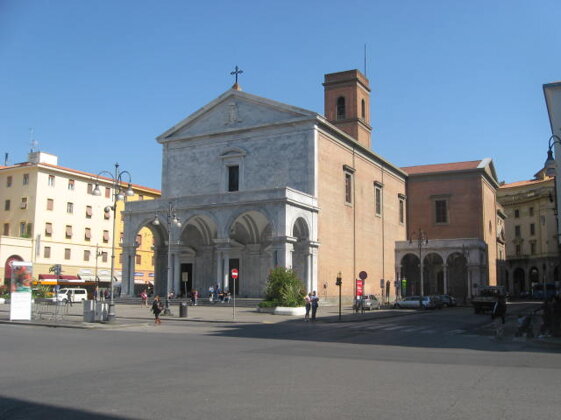
Province of Livorno
Area: 1213.39 km² Population: 326,315 Municipalities: 19
Livorno: Cathedral of San Francesco known as the Duomo
Livorno: Cathedral of San Francesco known as the Duomo
Travel photos...
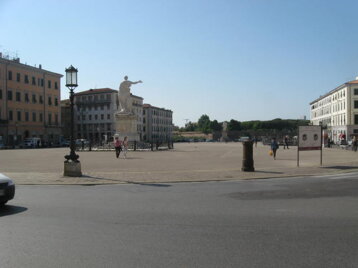
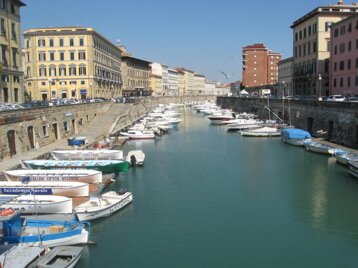
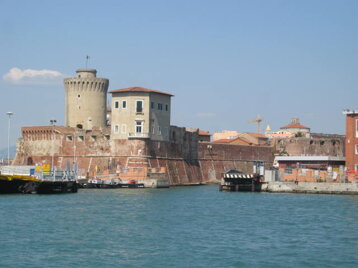
Livorno
Livorno
Livorno
Piazza della Repubblica, with the Monument to Ferdinand III Grand Duke of Tuscany
Fosso Reale, Renaissance moat built by the Medici
Fortezza Vecchia: ancient fortification facing the port; in the foreground, the Bastione della Canaviglia

Province of Lucca
Area: 1774.03 km² Population: 381,659 Municipalities: 33
Lucca: Monument to Giacomo Puccini
Lucca: Monument to Giacomo Puccini
travel photos...



Viareggio
Viareggio
Exhibition hall of Villa Argentina
Monument The Waiting and Tito's Rock
Lucca
Church of San Michele in Foro
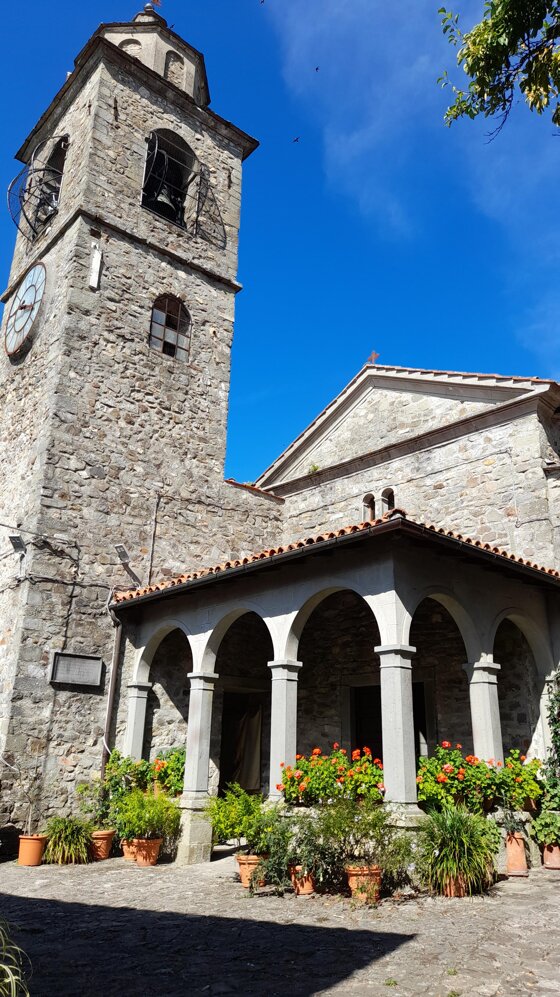
Province of MassaCarrara
Area: 1155.28 km² Population: 187,064 Municipalities: 17
The Castle Church of Bagnone dedicated to Saint Nicholas
The Castle Church of Bagnone dedicated to Saint Nicholas
Travel photos...

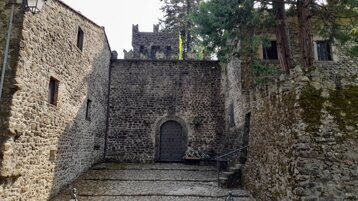

Sorano
Filattiera
Licciana Nardi
The Parish Church of Santo Stefano
Entrance to the Malaspina Castle from the 14th century
Parish church of Santa Maria Assunta di Venelia in the Monti hamlet
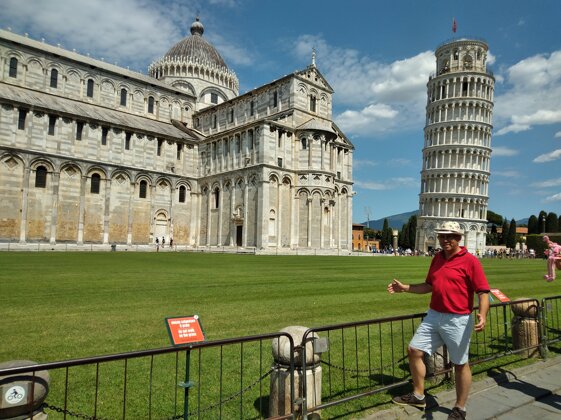
Province of Pisa
Area: 2444.36 km² Population: 418,093 Municipalities: 37
Pisa: Piazza dei Miracoli
Pisa: Piazza dei Miracoli
Travel photos...
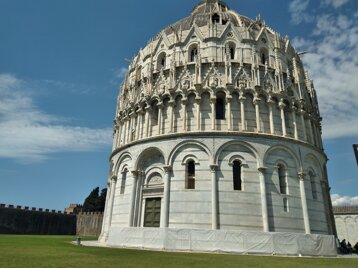
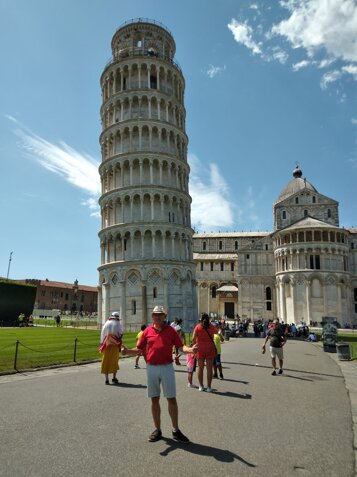
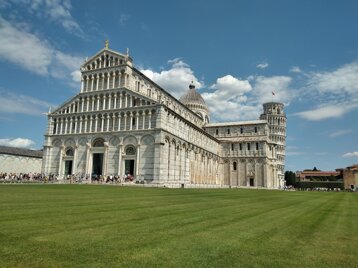
Pisa
Pisa
The Baptistery of Saint John the Baptist
Cathedral of Saint Mary of the Assumption
Pisa
The Leaning Tower, symbol of the city
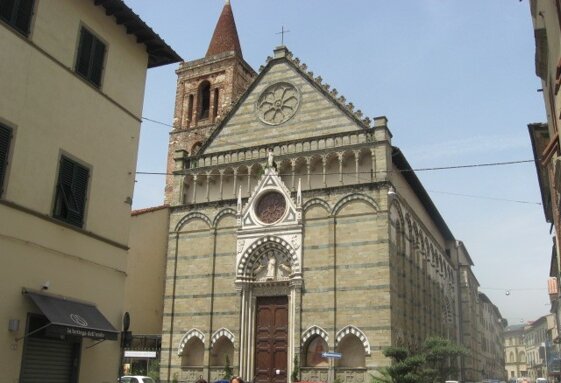
Province of Pistoia
Area: 963.53 km² Population: 289,989 Municipalities: 20
Pistoia: Church of San Paolo built in Gothic style
Pistoia: Church of San Paolo built in Gothic style
Travel photos...
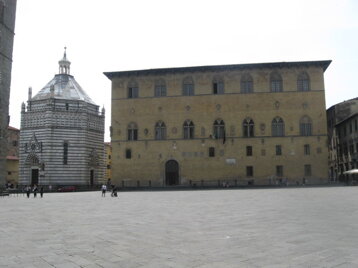


Montecatini Terme
The very central Don Giovanni Minzoni street
Pistoia
Montecatini Terme
The Baptistery of San Giovanni in Corte and next to it the Palazzo Pretorio
Basilica of Saint Mary of the Assumption
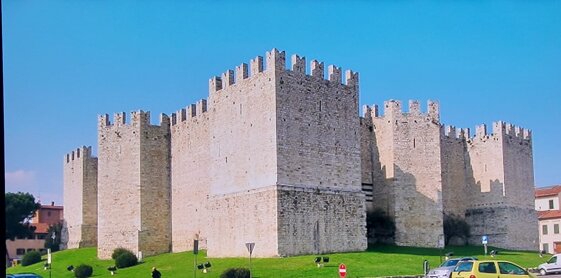
Province of Prato
Area: 365.91 km² Population: 260,972 Municipalities: 7
Prato: Emperor's Castle
Prato: Emperor's Castle
Travel photos...

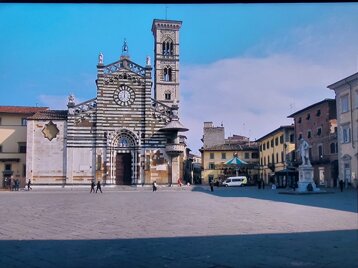
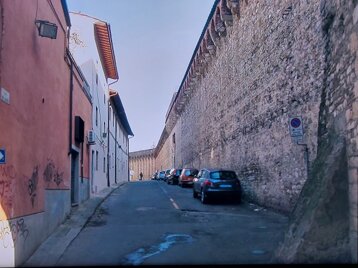
Prato
Basilica of Santa Maria delle Carceri
Meadow
Prato
Cathedral of Saint Stephen commonly known as the Duomo
The Walls that surround the historic center, built in Alberese Stone
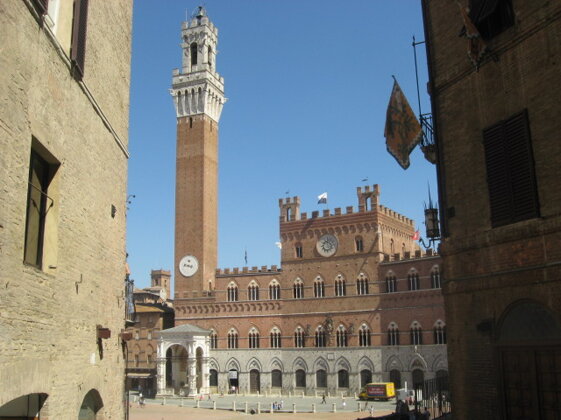
Province of Siena
Area: 3819.70 km² Population: 260,623 Municipalities: 35
Siena: the Palazzo Pubblico with the Torre del Mangia
Siena: the Palazzo Pubblico with the Torre del Mangia
Travel photos...
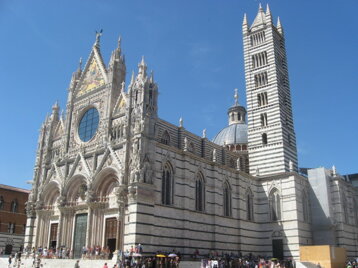


Siena
Colle di Val d'Elsa
Colle di Val d'Elsa
Metropolitan Cathedral of Saint Mary of the Assumption, known as the Duomo
Medieval Church of Sant'Agostino
The fountain in the center of Piazza Arnolfo di Cambio